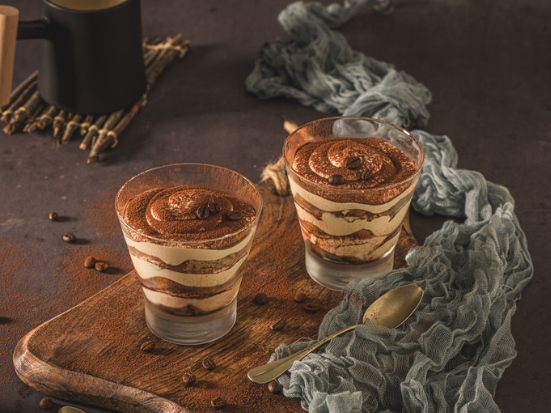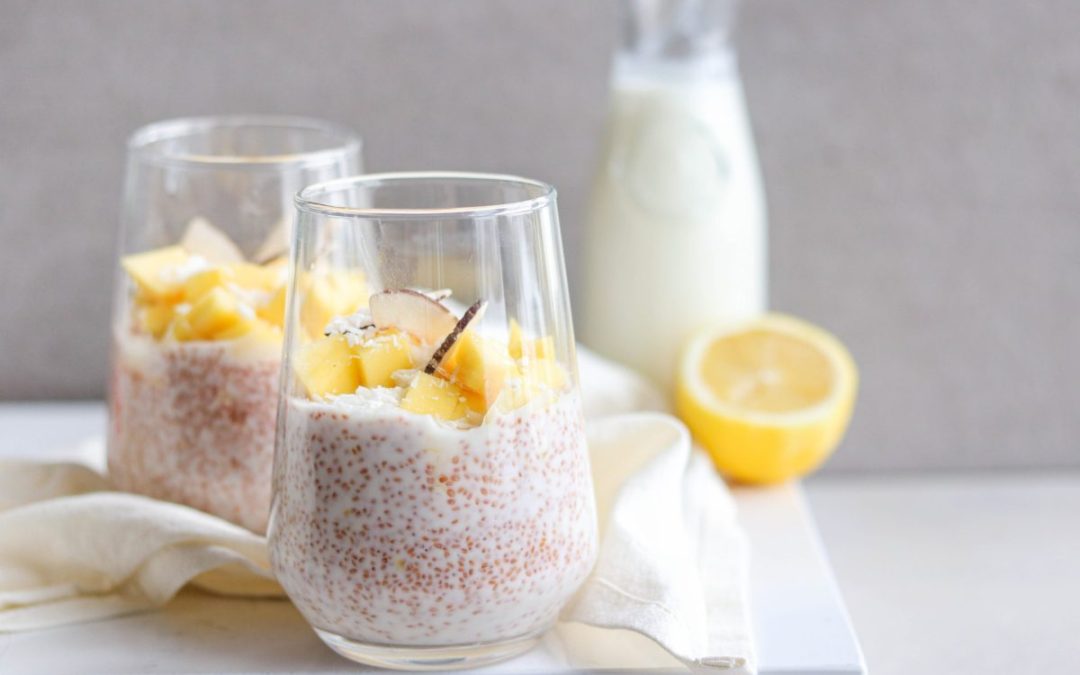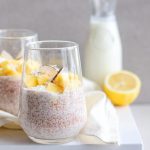On a hot day, or just to bring a little sunshine into your day, try this recipe for mango and lemon camelina pudding. Source vitamin C, of fibers and omega-3, it's sure to please both your taste buds and your intestinal bacteria!
For the same creaminess, replace the chia seeds in your puddings with camelina seeds from Quebec! Like chia seeds, they have mucilaginous properties, meaning that when they come into contact with water (or any other liquid), they swell and become viscous, sticky and sometimes even a little gelatinous. Ideal for puddings!
We love mango!
In addition to being a source of vitamins C, E, B6 and K and antioxidants (carotenoids), mango provides an interesting source of soluble fibers. These fibers promote better blood sugar management and help lower blood cholesterol levels. In addition, mango is rich in prebiotics, these sugars fermented by good intestinal bacteria which in turn produce AGCC.

Do you know kefir?
Kefir is a milk fermented from live bacterial cultures. Think about add fermented foods to your menu for their many potential benefits for digestive health!

Camelina, mango and lemon pudding
Ingredients
- 1 ½ t. (325 ml) plain kefir
- ¼ t.(60 ml) camelina seeds (or chia)
- ¼ t.(60 ml) unsweetened coconut filaments
- Juice and zest of half a lemon
- 1 tbsp (15 ml) maple syrup
- ¾ t.(175 ml) mango cut into small cubes
Instructions
- In a bowl fitted with a pouring spout, combine kefir, camelina seeds, half the coconut filaments (30 ml), juice and zest of one lemon, and maple syrup. Mix well, then divide between two containers. Refrigerate for a minimum of two hours.
- Just before serving, add the diced mango and the remaining coconut filaments.
Notes


